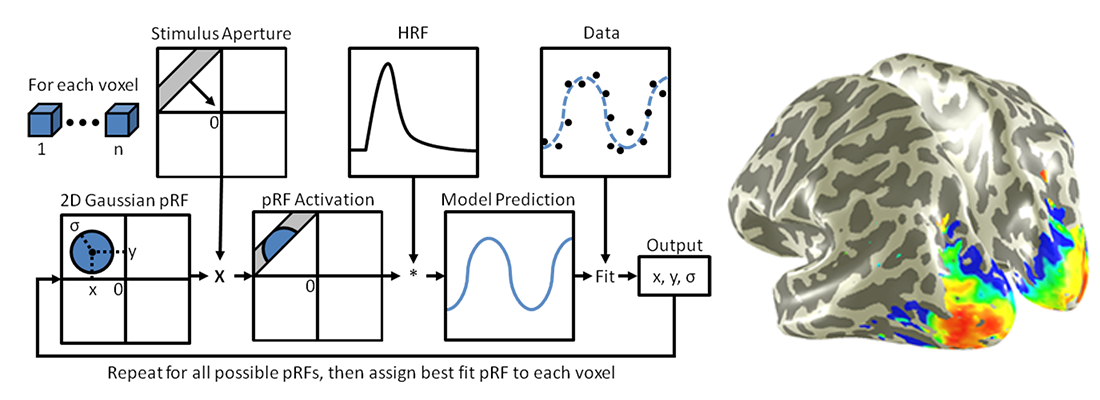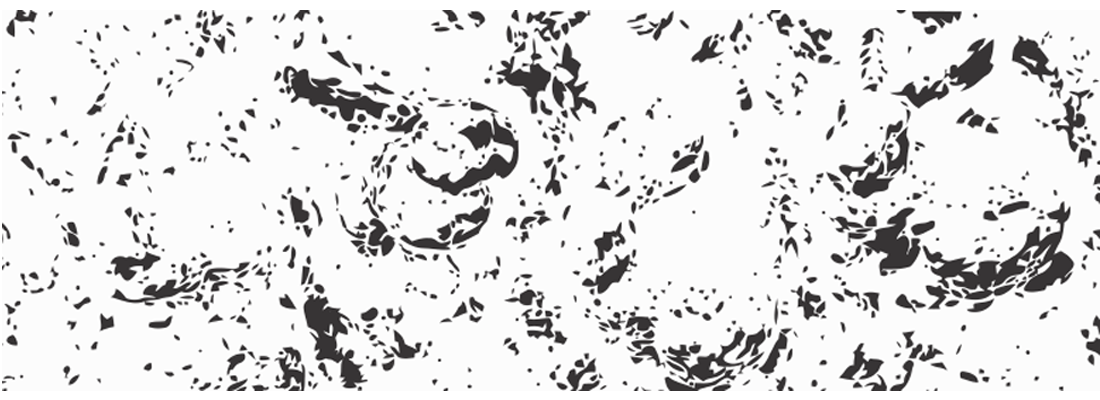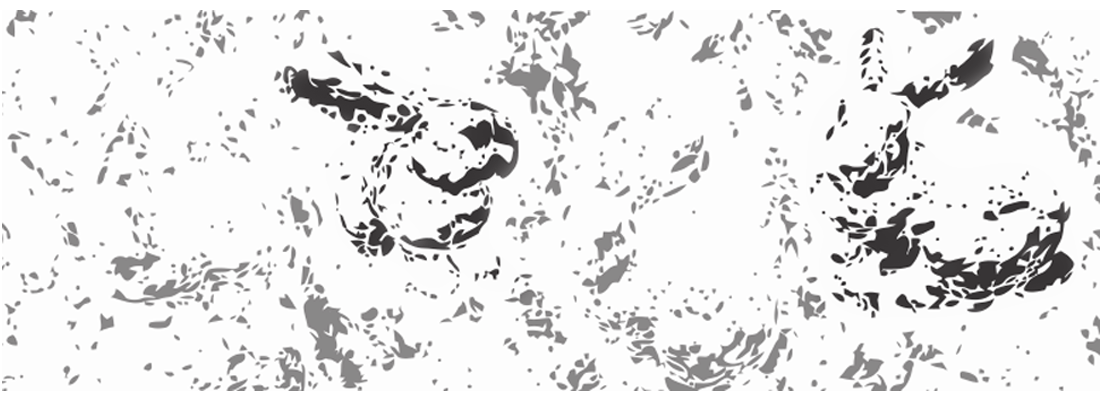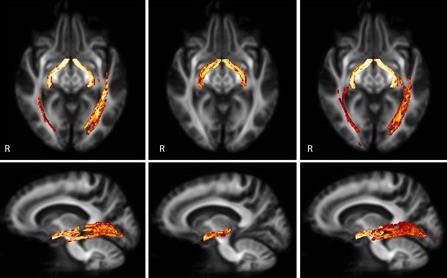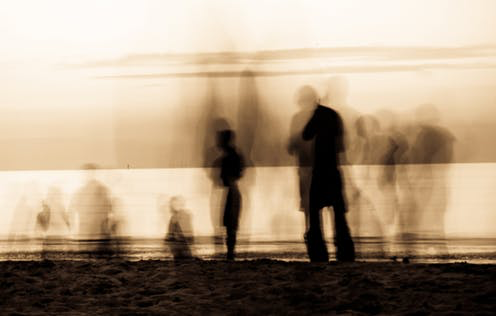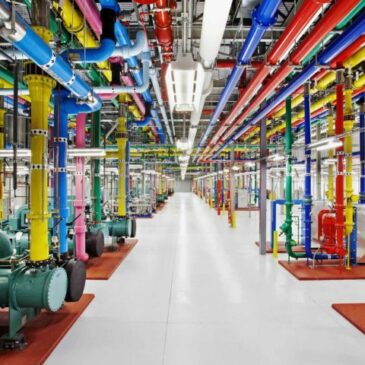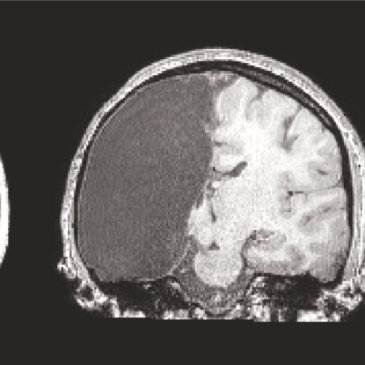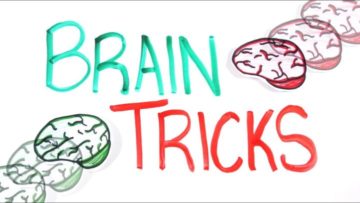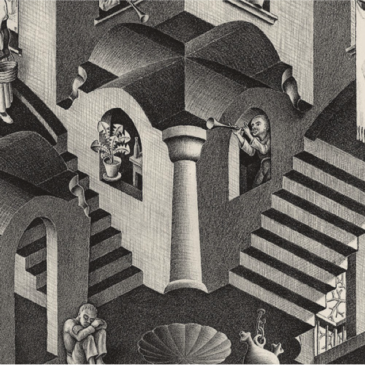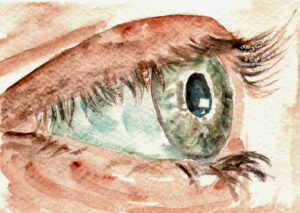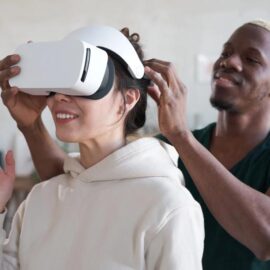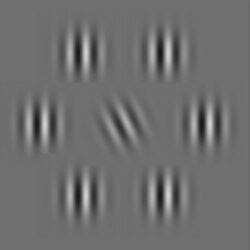Fixels fix the picture of the brain in glaucoma
In the ophthalmic disease glaucoma, the visual pathways from the eye to the brain get damaged, but why this happens is still debated. In a paper in the scientific journal “Investigative Ophthalmology and Vision Science (IOVS)”, Shereif Haykal and colleagues … Continued
Sights unseen
Visual hallucinations are perceptions without a physical stimulus to relate the percept too. People who suffer from psychosis often experience visual hallucinations, but the properties of these hallucinations are not well known yet. Marouska van Ommen and co-authors published a … Continued
Visual hints make you see better
In games, hints can help you play a game faster or better. Also perception can use hints – often referred to as cues or “previews” – such that it becomes better. But what aspect of these visual hints does our visual … Continued
Observing half a brain
What happens to the visual system of the brain if one hemisphere gets removed completely at a late (age 3) developmental stage? In a paper published in the journal “Neural Plasticity”, Hinke Halbertsma and co-authors revisited the visual field maps … Continued
Art that moves you
On August 21st, Frans Cornelissen gave a presentation at the Noorderzon Festival in Groningen about “The Art of Vision”. The presentation was part of a trio of presentations together with Iris Sommer and Barend van Heusden under the title “Art … Continued
How to count the wagons of a passing train?
The Belgian newspaper “De Standaard” has a section called “Wetenschapswinkel” (science shop) in which its readers can ask questions, which the newspaper attempts to answer with the help of scientists. In the edition of July 15th, Frans helped answer the … Continued
Tricks for optimizing the information flow through your visual brain
Our eyes capture way more information than our brains can possibly process. To reduce this information stream, the visual brain performs two tricks: it can either summarize the information, or it can single out a small piece of it. But … Continued
Alessandro Grillini wins Falling Walls Lab competition in Groningen
On Friday June 7th, Alessandro won the 2019 Falling Walls competition held at the University of Groningen with his pitch about his ideas for a new neuro-ophthalmic assessment. The prize: a trip to Berlin, to attend the Falling Walls Conference, … Continued
NextGenVis: the Next Generation of Visual neuroscientists
In 2015, following a successful grant bid for a Horizon2020 MarieCurie Innovative Training Network, the NextGenVis network, coordinated by Prof. Frans W. Cornelissen, came to life. In the years to follow, NextGenVis offered 15 excellent and enthusiastic PhD students a … Continued
Our brain, art and visual illusions
On June 17th, Hinke Halbertsma gave a presentation at the Fries Museum in Leeuwarden about the visual system, and how illusions can be a powerful source for understanding it. Furthermore, she addressed how artists use this information by making paintings … Continued
GLANCE Project of Dilce Tanriverdi Receives Funding to Study Visual Crowding under Low-Light Conditions in Glaucoma
People with glaucoma often struggle to see in dim lighting, but standard vision tests don’t always capture these everyday challenges. One overlooked factor may be visual crowding. Visual crowding, which is the difficulty... READ MORE
Mind your ‘stip’!
There is a need for simpler methods to assess sensitivity at different visual field locations. In a recent paper in the journal Translational Vision Sciences and Technology, Anne Vrijling and colleagues show that... READ MORE
[Position filled] PhD in the “Virtual Reality for enhanced Visual Rehabilitation” (VR4eVR) project
Our research project “Virtual Reality for enhanced Visual Rehabilitation” (VR4eVR: say ‘VR forever’) aims at finding out how virtual reality (and fMRI) may facilitate visual rehabilitation for hemianopia, which may be necessary after... READ MORE
Daily life vision captured in a ‘flower’
Visual crowding shows that it is harder to recognize objects when these are surrounded by similar objects, such as in a cluttered environment. The phenomenon has relevance in various ophthalmic and neurological disorders.... READ MORE
